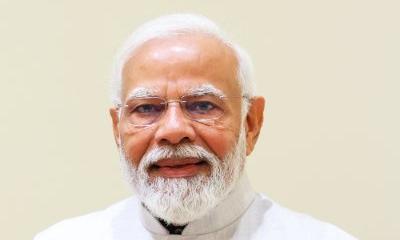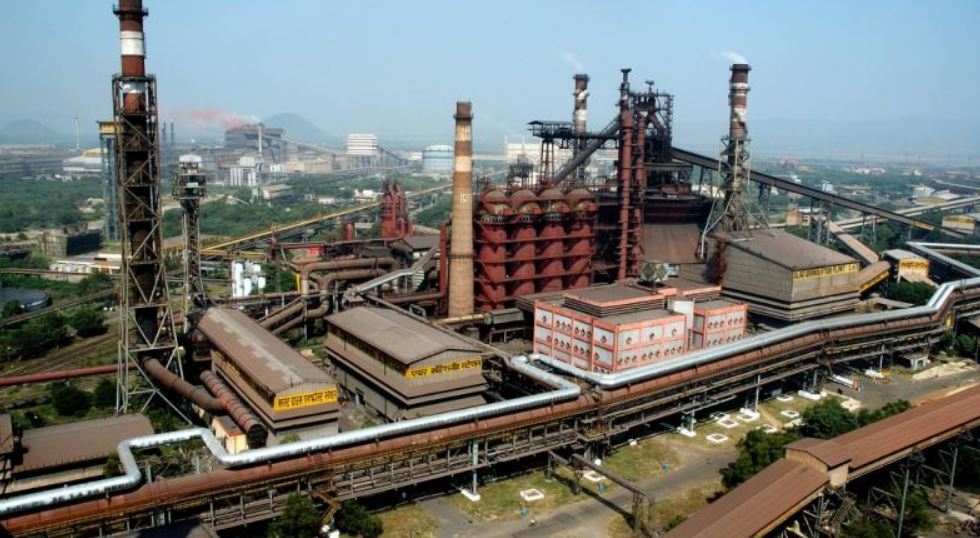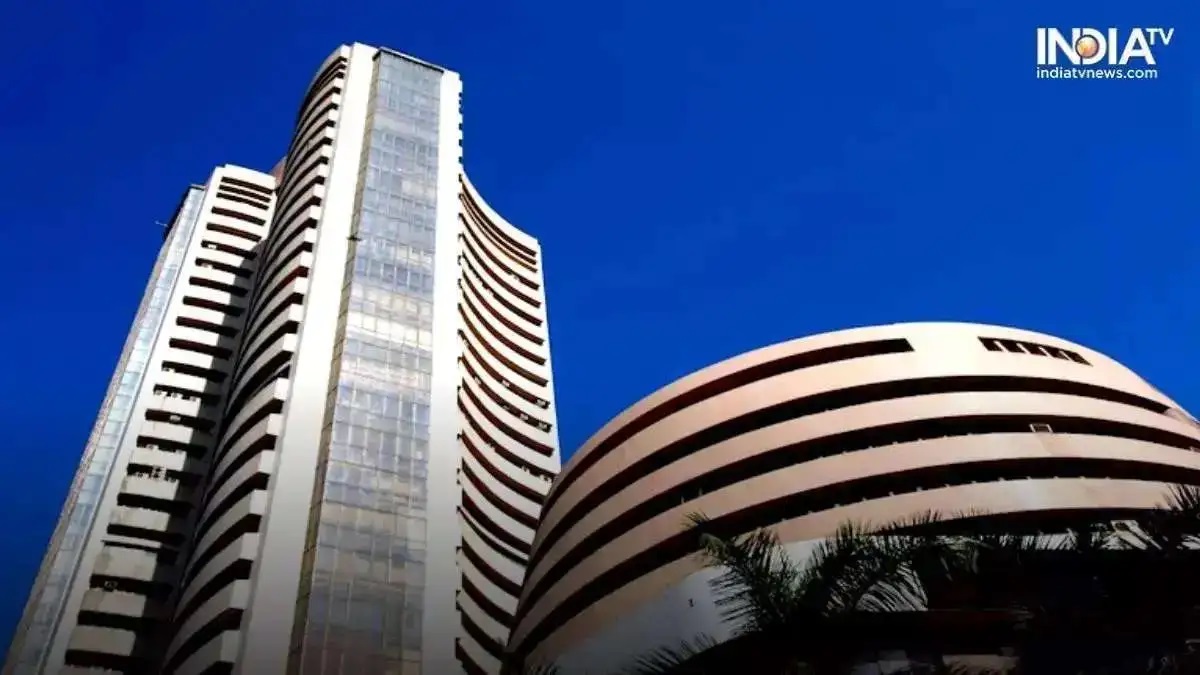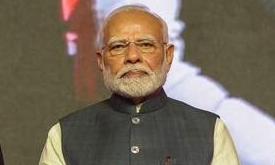
India’s economy is now riding a roller-coaster
Deccan ChronicleEven the political surgical strike “integrating” Kashmir failed to divert attention from the woes of investors, employees and entrepreneurs — all of whom are stuck with a similar malady: poor returns. Assume that all three reforms happen, and agricultural growth increases from three per cent per year to a high of six per cent per year. Second, nominal GDP growth will probably not exceed 9.5 per cent — six per cent real plus 3.5 per cent inflation — as against the budgeted 11.5 per cent. Limiting the revenue deficit to two per cent of GDP despite the reduced tax receipts and reallocating the cash flow towards quick turnaround infrastructure spends for boosting agriculture and reducing the transaction costs for exports serves multiple objectives. Raising the investment to GDP ratio to 35 per cent — a proxy metric for growth — is crucially dependent on increasing household savings from 17 per cent in FY2018 back to the noughties level of 23 per cent of GDP.
History of this topic

India’s economy projected to grow 6.6% in 2025, driven by private demand, investment: UN
Live Mint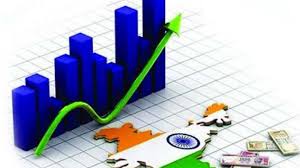
India to lead South Asia’s Economic Growth in 2025 says UN Report
Deccan Chronicle
India’s Growth Slowdown Meets Global Headwinds
The Hindu
Decoding India’s growth slowdown
The Hindu
Growth chill: On the economy
The Hindu
DC Edit | Fall in consumption signals economic slump lies ahead
Deccan Chronicle
Why the 6.4% GDP growth estimate for FY25 should worry Modi govt
India Today
Downward revision of GDP growth estimates set gloomy backdrop to Union Budget: Congress
New Indian Express
Risks to economy escalating in 2025, says SBICAPS
Live Mint
India’s real GDP expected to rise 6.4% in FY25
The Hindu
A little more ambition and resolve could boost India’s economic expansion
Live Mint
India's GDP growth may hit 4-year low of 6.4% in FY25, shows government data
India Today
India’s 2025-26 budget should aim to engineer an economic transformation
Live Mint
India’s 2025-26 budget should aim to engineer an economic transformation
Live Mint
Watch: Indian economy: what to expect in 2025?
The Hindu
2024 yearender: A year marred by great economic uncertainties
Hindustan Times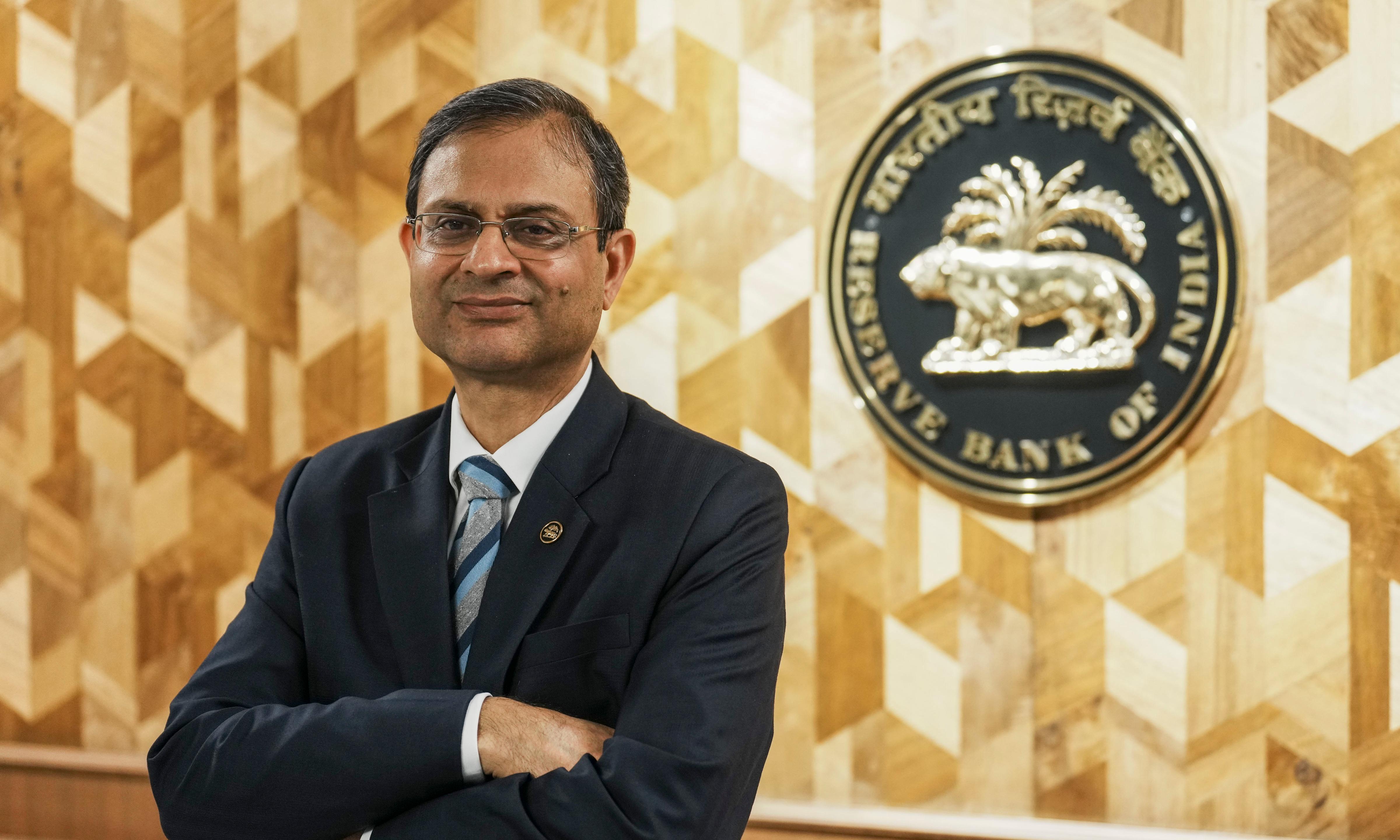
Prospects for Indian Economy Improving Says RBI Gov
Deccan Chronicle
Consumer, business confidence to drive growth: RBI governor Sanjay Malhotra
Live Mint
Indian economy to grow at 6.5-6.8 pc in FY25 on higher domestic consumption: Deloitte
Live Mint
India Sees Economic Growth at 6.5% for the Year Through March
Live Mint
Indian economy to grow nearly 6.5% in FY25 amid global triggers, GDP to bounce back in second-half: FinMin report
Live Mint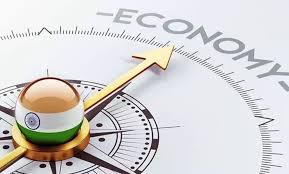
India’s Economy Is Likely to Grow by 6.5 per Cent in the Current and the Next Financial Year
Deccan Chronicle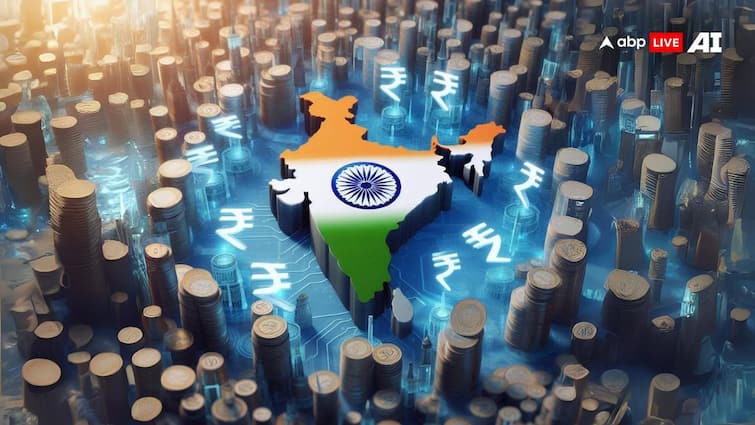
Indian Economy To Grow At 6.5 Per Cent In FY25 And FY26, Says EY Economy Watch
ABP News
Economy rebounds in Q3 with boost from festivals and rural demand: RBI
India Today
How the Indian economy fared in 2024, in 9 charts
Live Mint
India in 2025: Challenges are resurfacing but so are opportunities
Live Mint
GDP growth slowing down to 5.4% in second qtr only a temporary blip: Sitharaman
Live Mint
GDP growth slowing down to 5.4% in second qtr only a temporary blip: Sitharaman
Live Mint
Will India's economic growth pick up pace? Nirmala Sitharaman answers
India Today
India can be a $9 trillion economy by 2030: Arvind Panagariya
Live Mint
Govt confident of economic rebound despite global challenges, says Piyush Goyal
Live Mint)
Indian economy set for resilient growth in 2025; urban consumption, infra investment to be key: S&P
Firstpost
Vivek Kaul: India’s GDP growth slump holds lessons in forecasting
Live Mint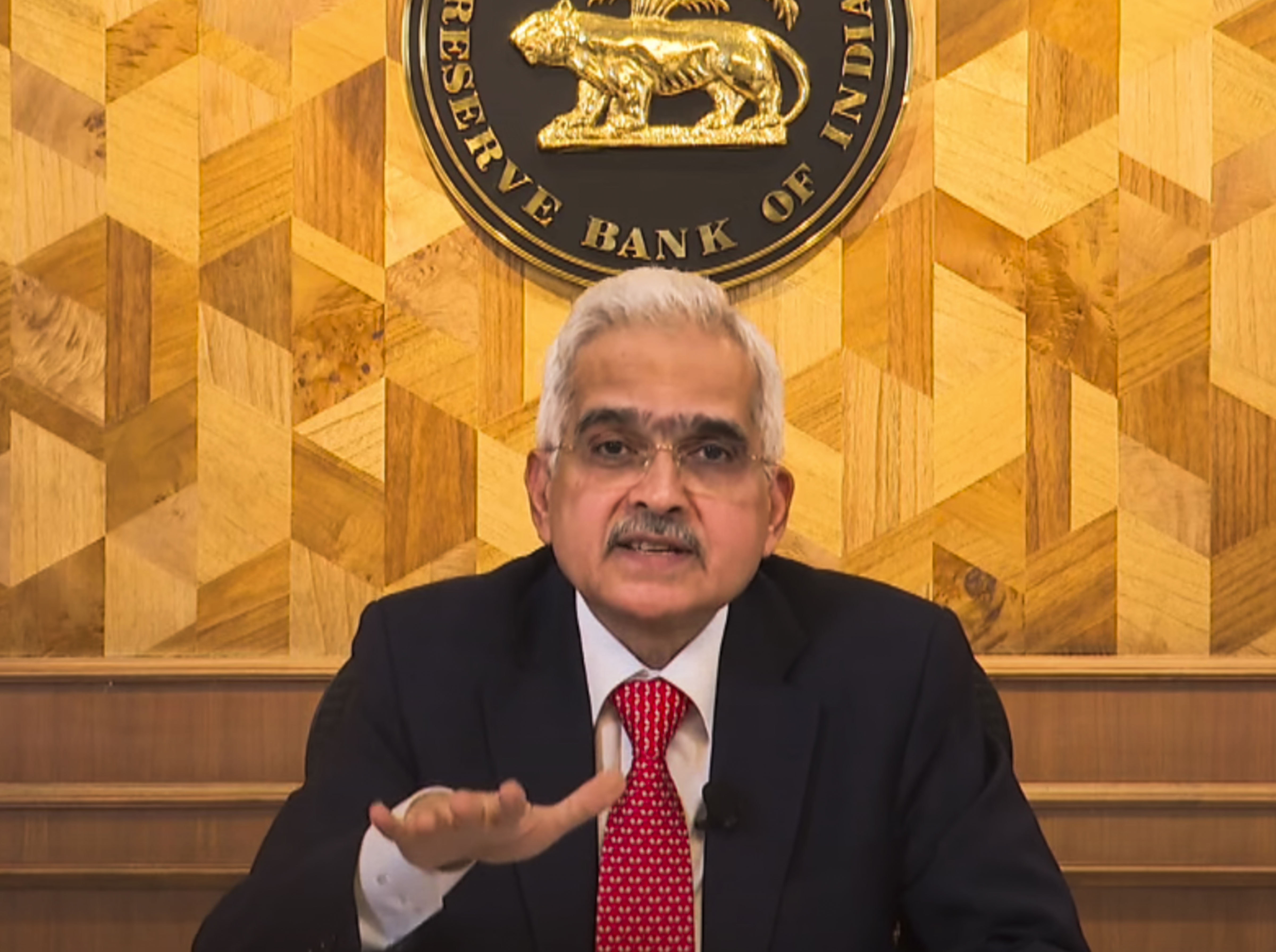
RBI cuts GDP growth projection to 6.6%, repo rate unchanged at 6.5%
Deccan Chronicle
RBI must restore balance between inflation, growth
New Indian Express
RBI must restore balance between inflation, growth
New Indian Express
India’s GDP growth shocker: Bad news can be good too
Live Mint
Monetary policy review: RBI should stick to its price stability mandate
Live Mint
India’s growth slowdown: Yes, RBI does need to respond
Live Mint
Congress criticises PM with 'voodoo economics' jibe over slowing GDP growth
India Today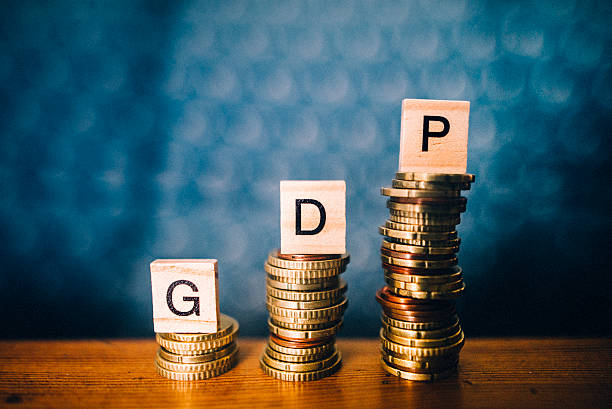
India’s Potential GDP Growth Pegged at 6.5–7 Percent: Chief Economic Advisor
Deccan Chronicle
GDP numbers a cause for worry
Hindustan Times
‘Indian economy cannot progress as long as…’: Rahul Gandhi hits out at Centre
Hindustan Times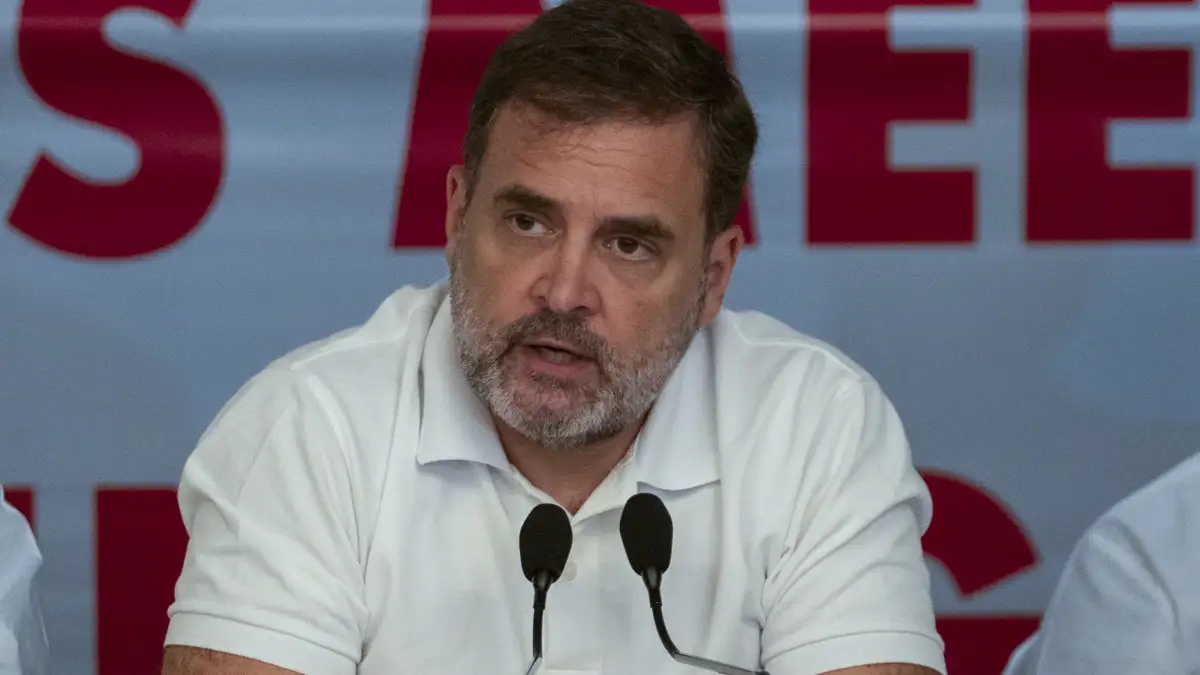
Rahul Gandhi slams govt over decline in India's GDP growth, calls for economic reforms
India TV News
At the root of slowdown: It’s politics, stupid
New Indian Express
India’s chief economic adviser calls for deregulation to spur growth
Live Mint
India’s GDP growth slows to 5.4% in Q2, below RBI estimate: Govt data
Hindustan Times
India's GDP growth slows to 5.4% in Q2 2024-25: Govt data
Hindustan Times)
India Q2 GDP: Economy grows 5.4% in July-Sept, a 7-quarter low
Firstpost
India’s GDP growth: The first half faltered, but economy seen rebounding in the second
Live MintDiscover Related















